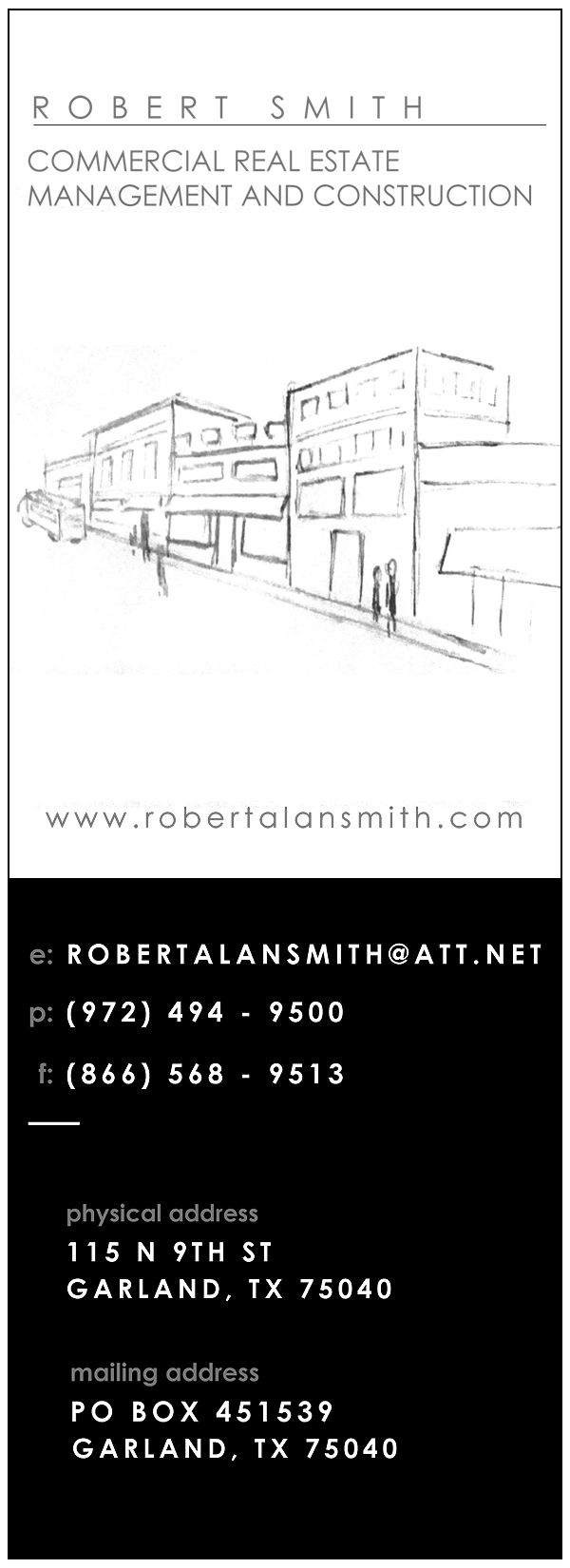Between 1910 and 1920, the population of Garland increased from about 800 to more than 1,400. Accompanying the growth of the town was a plan by the Eastern Texas Traction Company to build an interurban electric trolley line. The route, connecting Dallas to Greenville, would have run along Mewshaw Avenue (later Avenue D), as the southern border of the Travis College Hill Addition, which was platted in 1913. The neighborhood was created as an addition to the interurban line developments, in part, to attract commerce and population near the line. The 73-acre property belonged to Garland pioneers Richard and Sallie (Walker) Wyatt. Developer R.O. Travis worked with Richard Wyatt to oversee the establishment of the addition through the Interurban Land Company. The neighborhood adjoined Garland College, giving the residential addition the name of Interurban Land Company's Travis College Hill.
Large lots and proximity to the proposed trolley line helped attract businesses and homeowners. At the center of the addition was the Garland Avenue thoroughfare, now South 11th Street. The interurban line was cancelled due to the bankruptcy of the Eastern Texas Traction Company, and the chance to renew the project was lost with the coming of World War I and the Model T automobile. However, the area had already become an integral part of Garland, and has featured the homes of many of the city's civic, religious, commercial, and educational leaders. The houses have also been used for numerous meetings and events as Garland has grown from a small town to a large city. Today, Travis College Hill Addition reflects the architecture and history of the early development of Garland.

